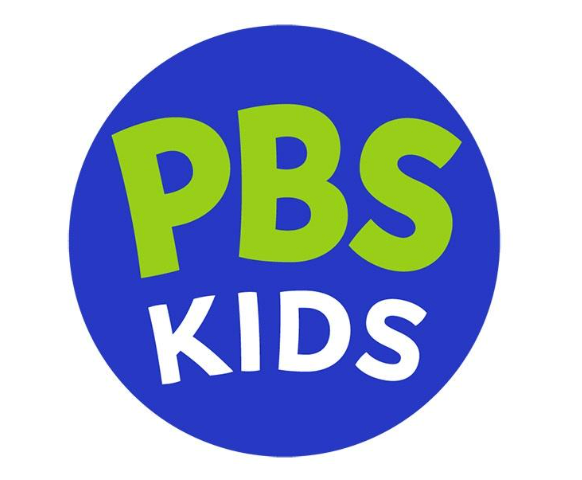
E-mail software on demand firm Responsys today unveiled a tool the company says will help marketers identify key areas they can work on to improve their e-mail marketing’s relevance.
If the scheme works as advertised, it addresses a pressing need in the industry. Marketers are constantly told in the trade press, at conferences and by their vendors they must improve the relevance of their e-mail campaigns in order to keep the messages from being treated as spam.
While this is certainly a reasonable assessment, actually being more relevant to e-mail recipients has proved to be not so easy to do and not so easy to quantify.
“People are constantly hearing at conferences ‘you need to be relevant,’ and ‘you need to be integrated,’ but they never leave with an action plan as to how to get there,” said Scott Olrich, chief marketing officer of Responsys.
Added Elana Anderson, principal of database marketing consultancy NxtERA Marketing and co-developer of Responsys’s new system: “Everybody gets the need for relevance. The problem is that when you watch the bullhorn-like behavior of marketers and ask them why they do that, they answer: ‘I don’t have time, I’m managing 100 campaigns whereas five years ago I managed 20, or I don’t have the budget or I don’t have the skills.
“The challenge is if you look across the market, you have marketers at all levels of sophistication,” adds Anderson, who is a former vice president and research director for Forrester Research. “There are a lot of companies out there who are essentially in broadcast mode, or lightly targeted mode. And then you’ve got sophisticated marketers out there who are doing highly targeted event-triggered, contact-optimization type of work.”
Dubbed “Marketing Beyond the Status Quo,” Responsys’ program divides marketers’ efforts into four subjects—strategic, analytical, technical and process—and puts them in four quadrants of an “X” and “Y” axis graph.
“These are the four key competencies marketers need to address in order to drive relevance,” said Anderson.
Marketers taking part in the program are asked a series of five multiple-choice questions in each of the four areas and given a score of one through five for each question depending upon their answers.
Under “process,” for example, the first question is “How well does your marketing organization collaborate across functional teams or lines of business?”
Those who answer “a. Not very well. We struggle to collaborate within our marketing organization much less across functional teams or lines of business” get a one.
Those who answer “e. All relevant teams participate in periodic customer communication planning sessions where we define and approve high-level plans” get a score of five for that question.
At the end of the test, the points are tallied and the marketer is given a so-called MSQ score and put into one of five levels based on that score. Marketers who score from zero to 20 are grouped in the level called “broadcast” while those with a score of from 81 to 100 are put into the group dubbed “integrated.”
The MSQ scoring system defines integrated as “a best-in-class marketing organization that others should study and emulate. Your contact strategy is customer focused and your organization executes extremely well across channels and lines of business.”
However, organizations of humans being the highly dysfunctional groups they are, Anderson is aware of the likelihood of any company getting grouped into the No. 5 category.
“I don’t think there is a single company out there that is a level five in this model,” said Anderson. “And if there is, I’d love to talk to them. That is an example of a companies that has truly done something that no other company has. … No matter what organization model you use, you create silos.”
Once categorized, the marketer can use the scoring in the various subject areas to identify what needs to be addressed.
Responsys’ scheme is similar to one unveiled by e-mail service provider eDialog last October.
Dubbed “The Relevance Trajectory,” eDialog’s scheme boils the concept of e-mail campaign relevancy down to six factors: segmentation, lifecycle management, triggered messages, personalization, interactivity, and testing.
The idea behind the factors is that any marketer who does all six well is sending truly relevant messages, which will invariably result in a significantly higher return on investment.



